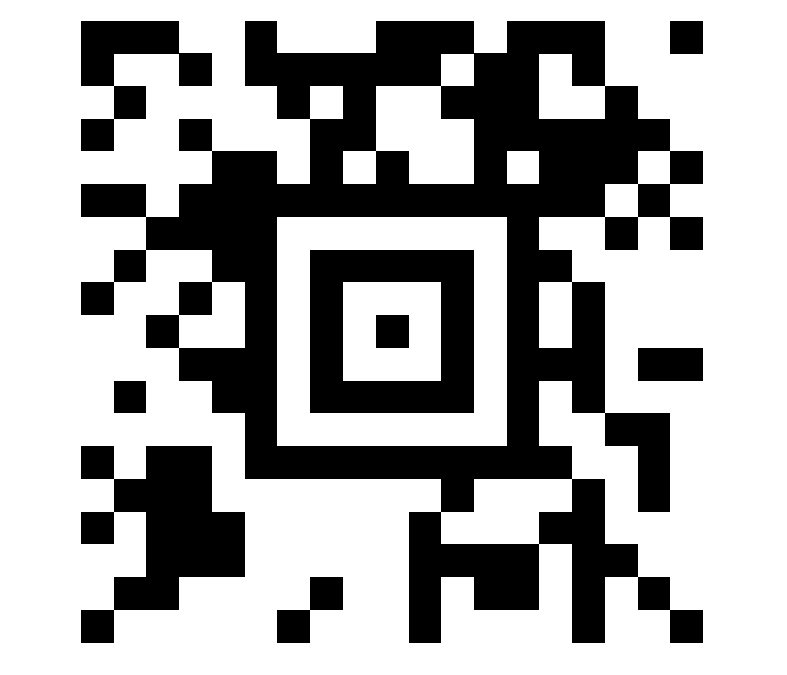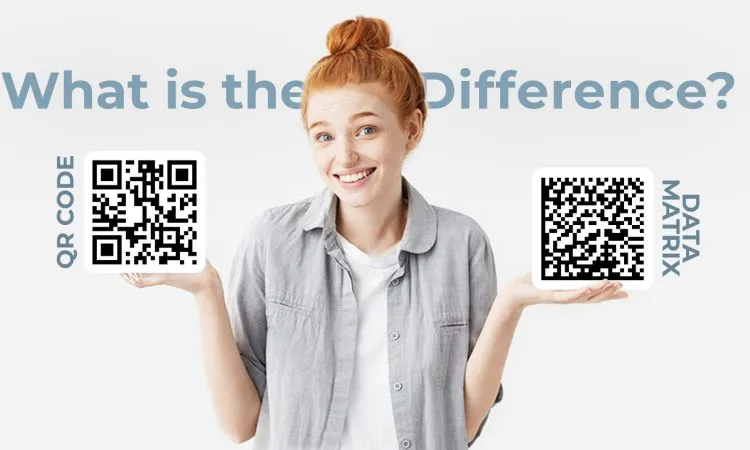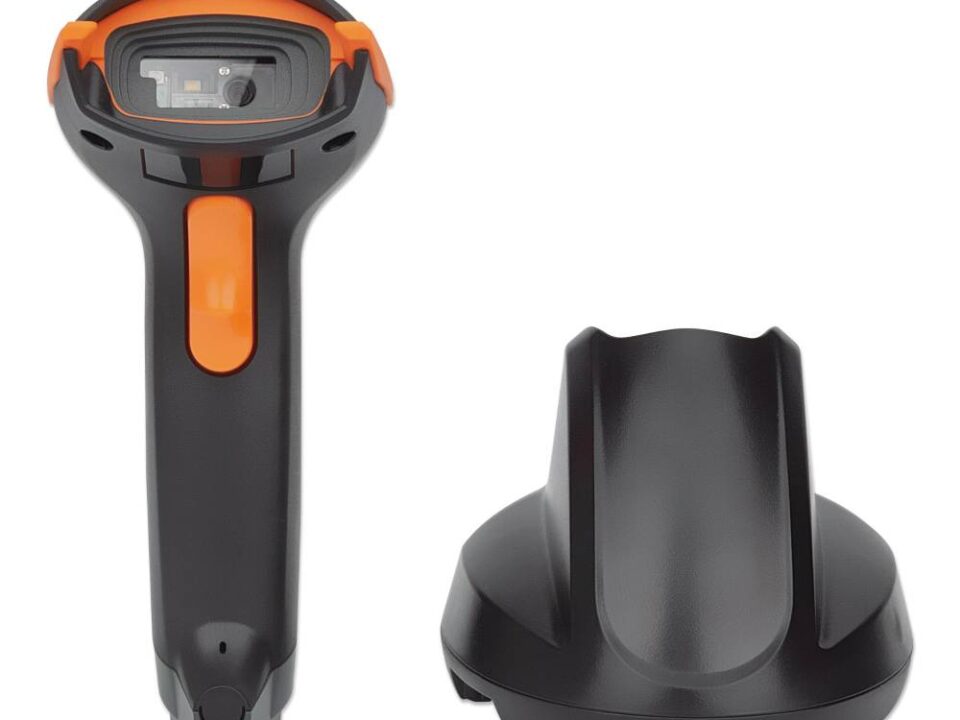An Aztec code is so named because of the finder code in the center, which somewhat resembles the aerial view of an Aztec pyramid. The Aztec is a 2D matrix code, typically used for airline tickets and other travel documents, as well as car registration documents. It can also be used in hospitals for patient identification, or to identify medication, samples, or other items related to a particular patient.
Aztec Code is a barcode type invented by Andrew Longacre, Jr. and Robert Hussey in 1995. It is a 2-D symbology that encodes data in square rings around a bulls-eye pattern that draws its name for its resemblance to an Aztec Pyramid. Unlike some other 2D barcode types, the Aztec code has the potential to use less space than other matrix barcodes because it does not require a surrounding blank “quiet zone.”
Aztec: A popular code choice for travel from boarding passes and e-tickets to EU Digital Green Certificates
The Aztec Code is most commonly used today by transportation, commercial and automotive industry professionals. It’s the code of choice for the International Air Transport Association, where it’s used on all boarding passes, and it is also the recommended symbology for the new EU Digital Green Certificate, which includes both paper and digital versions and will act as the EU version of a Covid passport to support the safe and free movement of people during the pandemic
Specifications: Unlike most other 2D matrix codes, an Aztec code doesn’t require a quiet zone around the edge. Therefore, it’s potentially able to store more data in a smaller space. The finder pattern is in the very center of the Aztec code, with the other data encoded around it in concentric square rings.
The Aztec code uses its space more efficiently than other matrix codes. The size can also vary, allowing it potentially to hold vast amounts of information. In addition, the Aztec code comes with error correction and allows you to select the percentage.
| Character Set | Length | Check Digit | Size, Module Width X, Print Ratio |
|---|---|---|---|
| ASCII (0-127) + Extended ASCII | 3067 alphanumeric, 3832 numeric, 1914 Bytes | Error correction | Quiet Zone left/right/top/bottom: 0X |
| Applications | For a variety of patient-safety applications, including patient identification wristbands and labels for unit-of-use medications, IV mixtures, blood products and specimens. | ||
| Notes | Aztec Code can encode from small to large amounts of data with user-selected percentages of error correction. The symbol size adjusts automatically depending on the amount of input data. | ||
| TBarCode V8.1: The input data is always analyzed and the appropriate encoding mode is chosen automatically. Mode switching is done as required to produce the most efficient encoding. | |||




